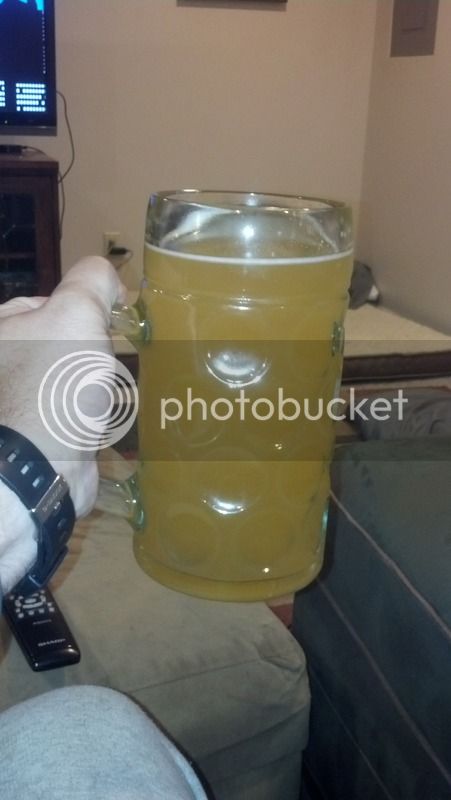You also mentioned you pitch at high krausen. That means you're adding a lot of extra liquid to your wort, which could effect flavor and color, among other things. That extra liquid is just really bad beer.
My concern as well. Even if it's not "bad beer" (which I question given the intentional oxygenation plus high fermentation temp) it's not going to be the type of beer I'm brewing, so why would I want to add a couple of liters of it to my brew if I could avoid it? I'd be interested to see some blind taste tests of high krausen pitch vs. ferment to completion/cold crash/decant/pitch.
Also, am I missing something or is the debate getting muddled between hand shake vs. stir plate and high krausen pitch vs. cold crash/decant? Even if pitching at high krausen produces the best tasting beer (which again seems counter-intuitive to me but I'm open to being proven wrong), couldn't you use a stir plate to get to high krausen faster than by shaking alone?


















![Craft A Brew - Safale BE-256 Yeast - Fermentis - Belgian Ale Dry Yeast - For Belgian & Strong Ales - Ingredients for Home Brewing - Beer Making Supplies - [3 Pack]](https://m.media-amazon.com/images/I/51bcKEwQmWL._SL500_.jpg)




















 .
.


